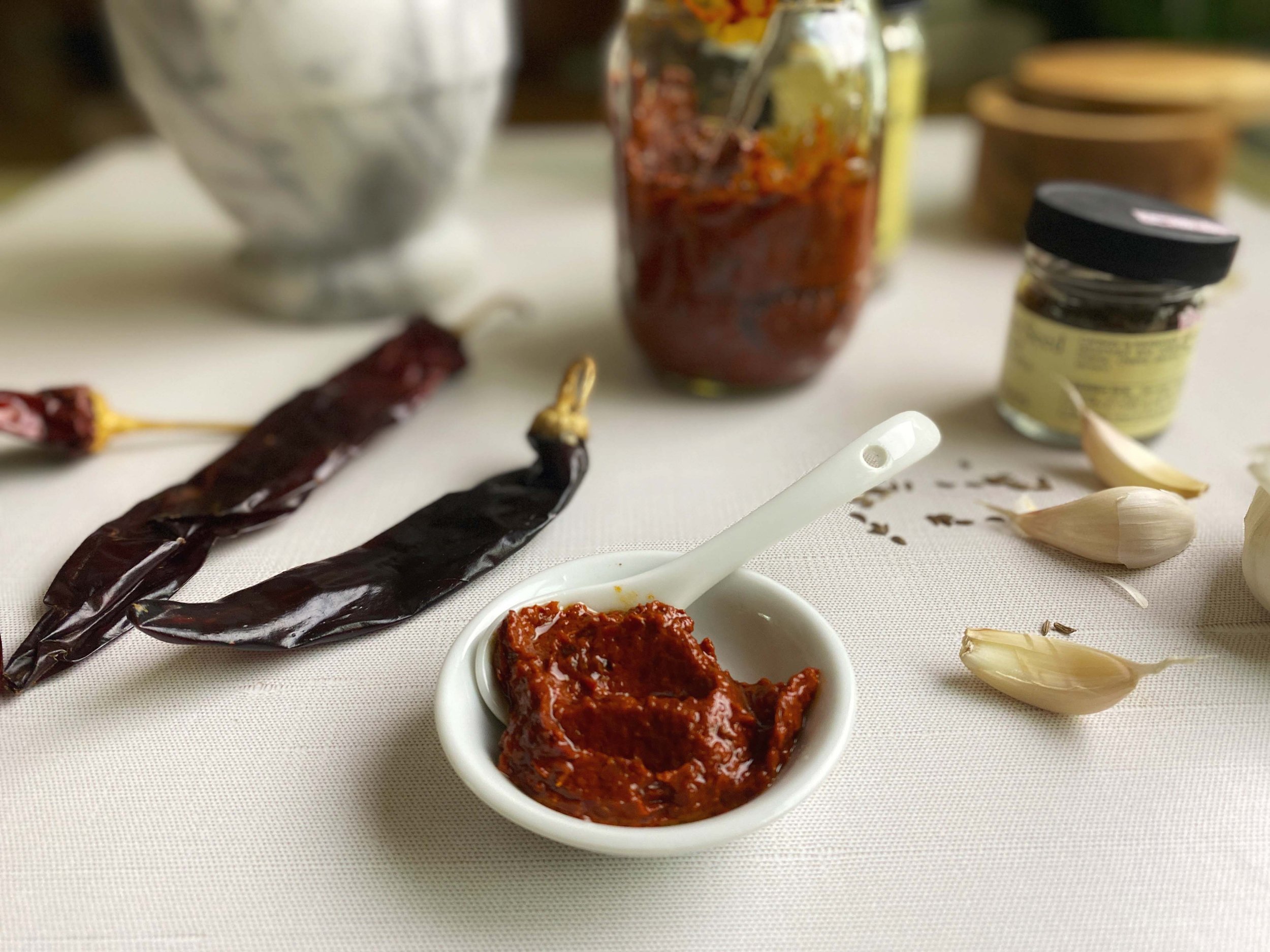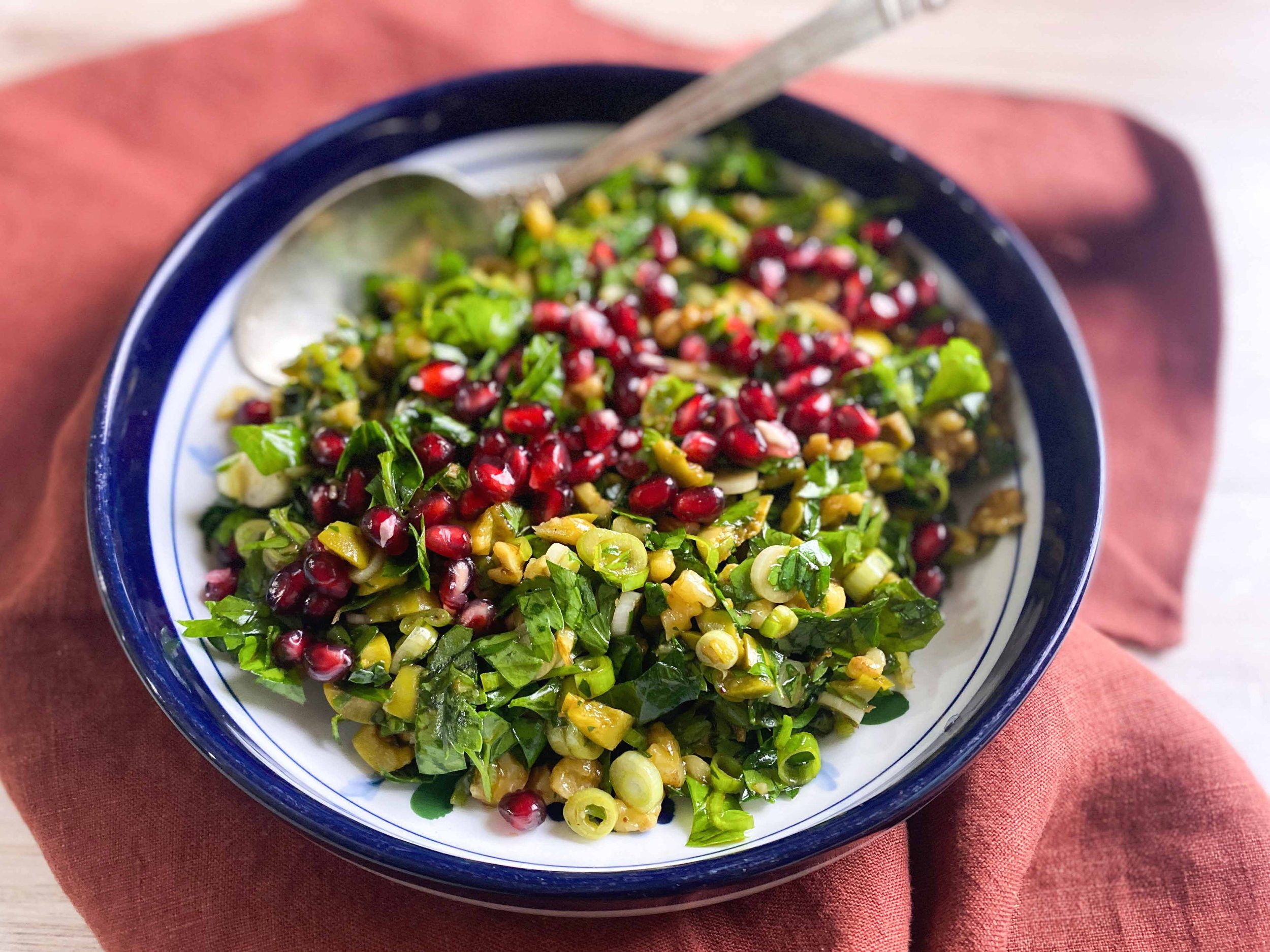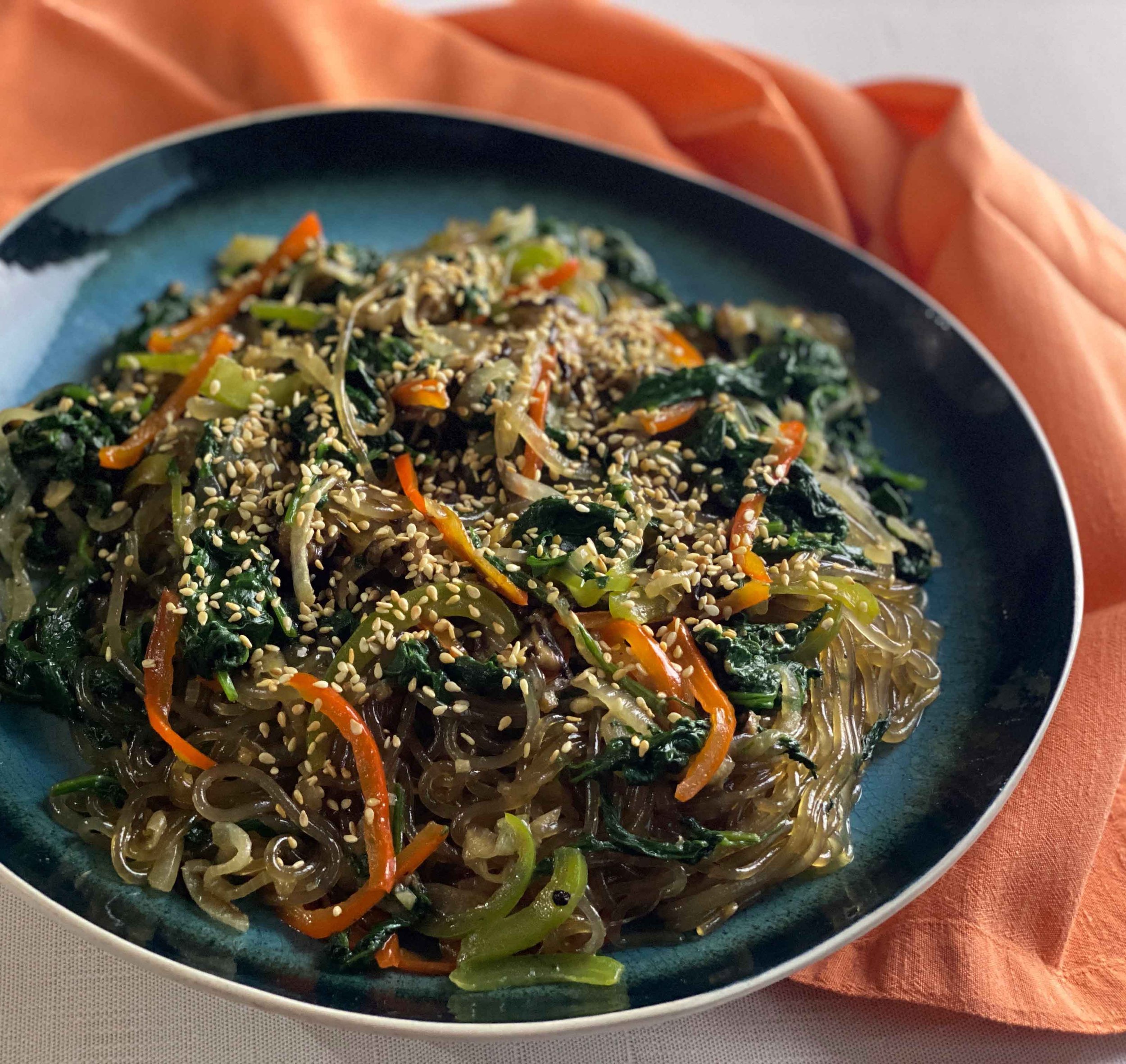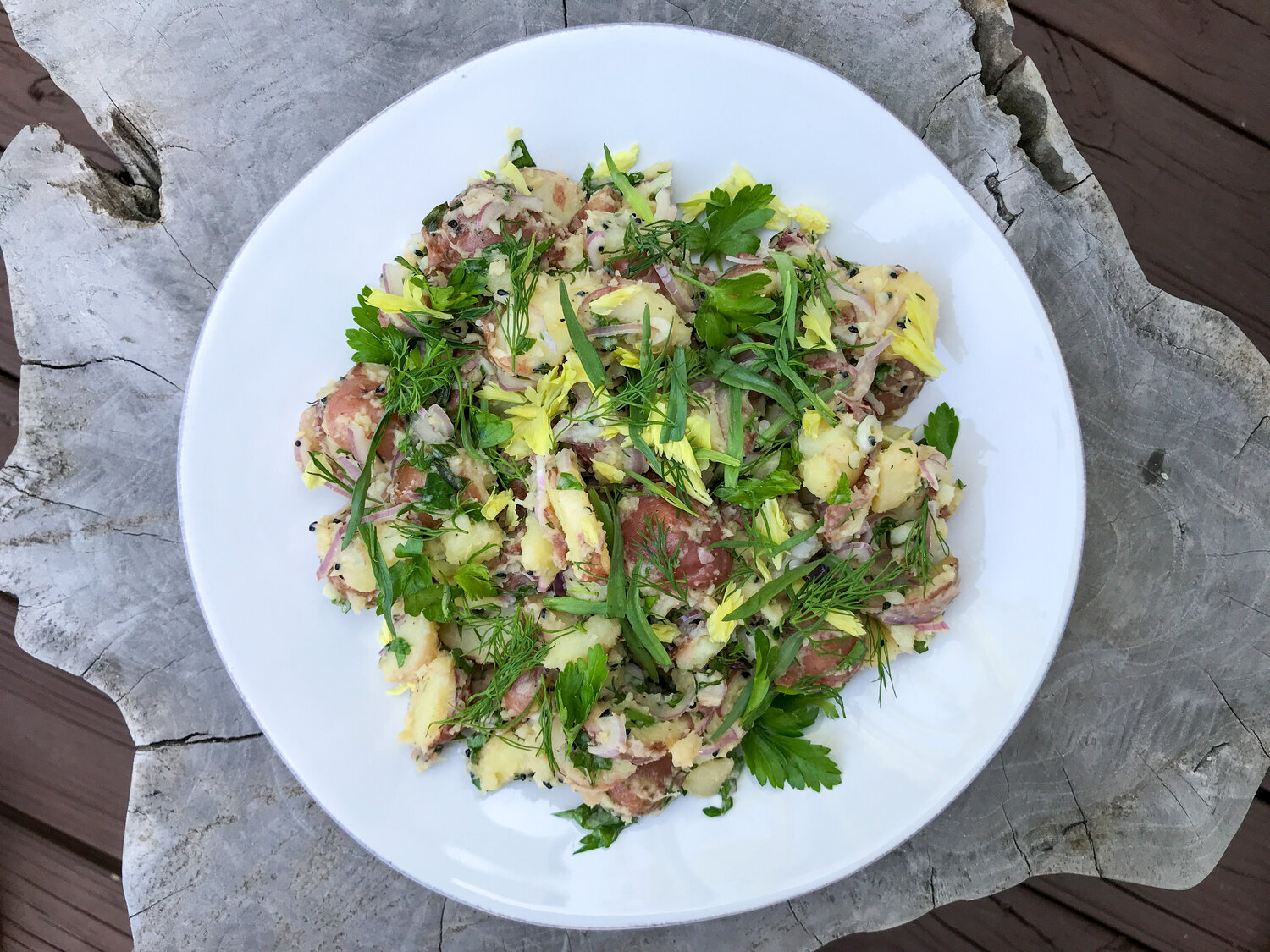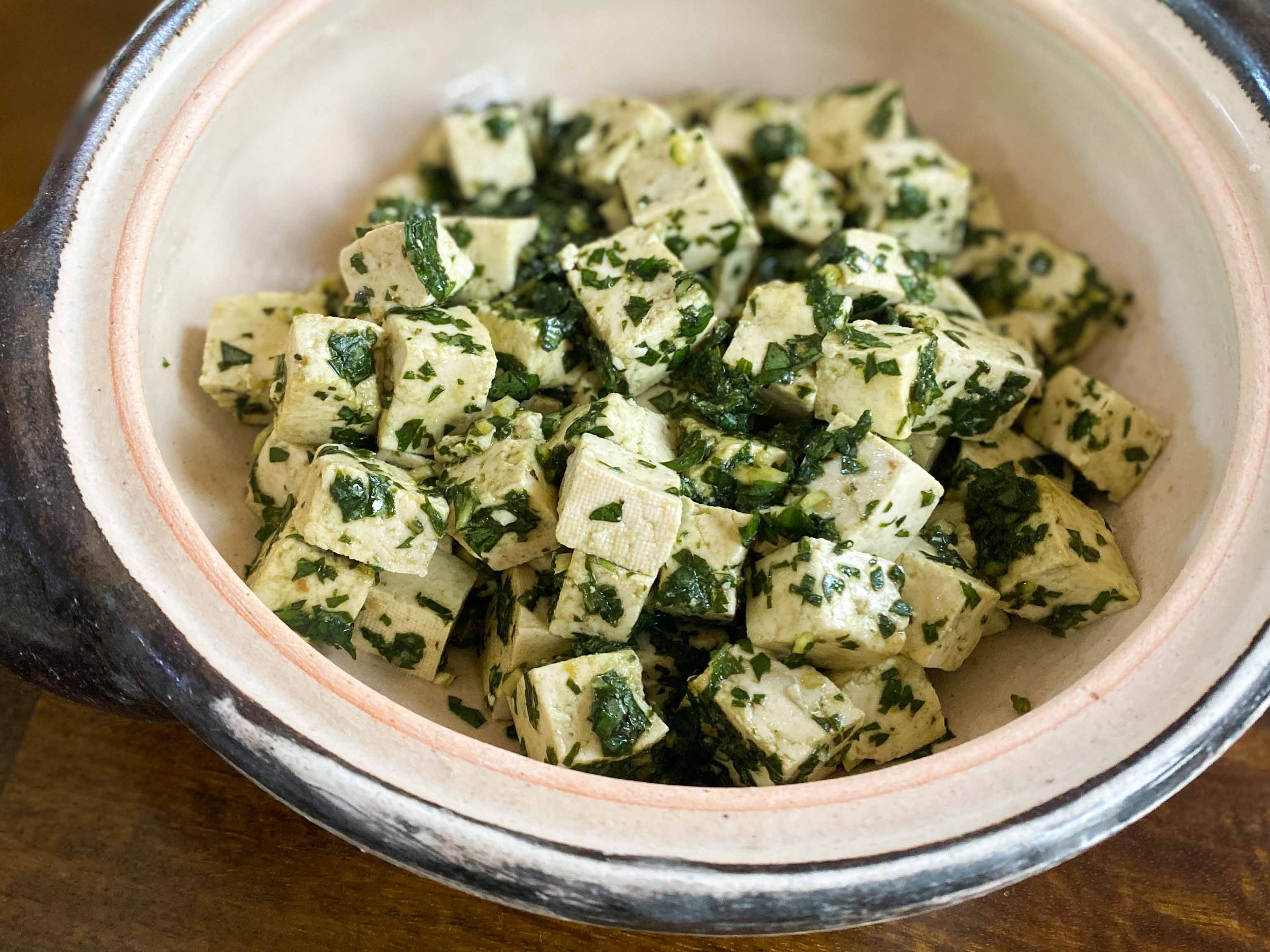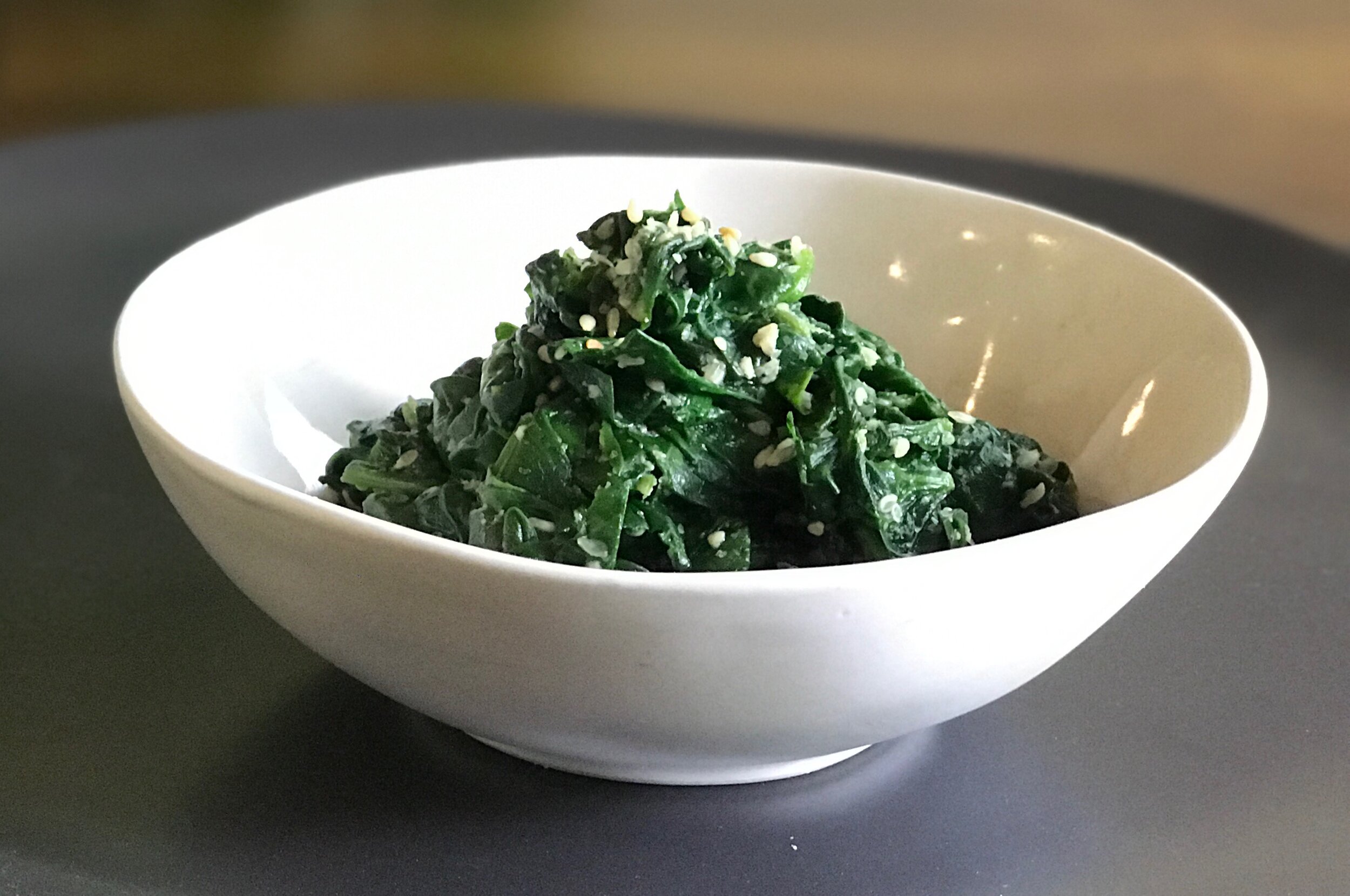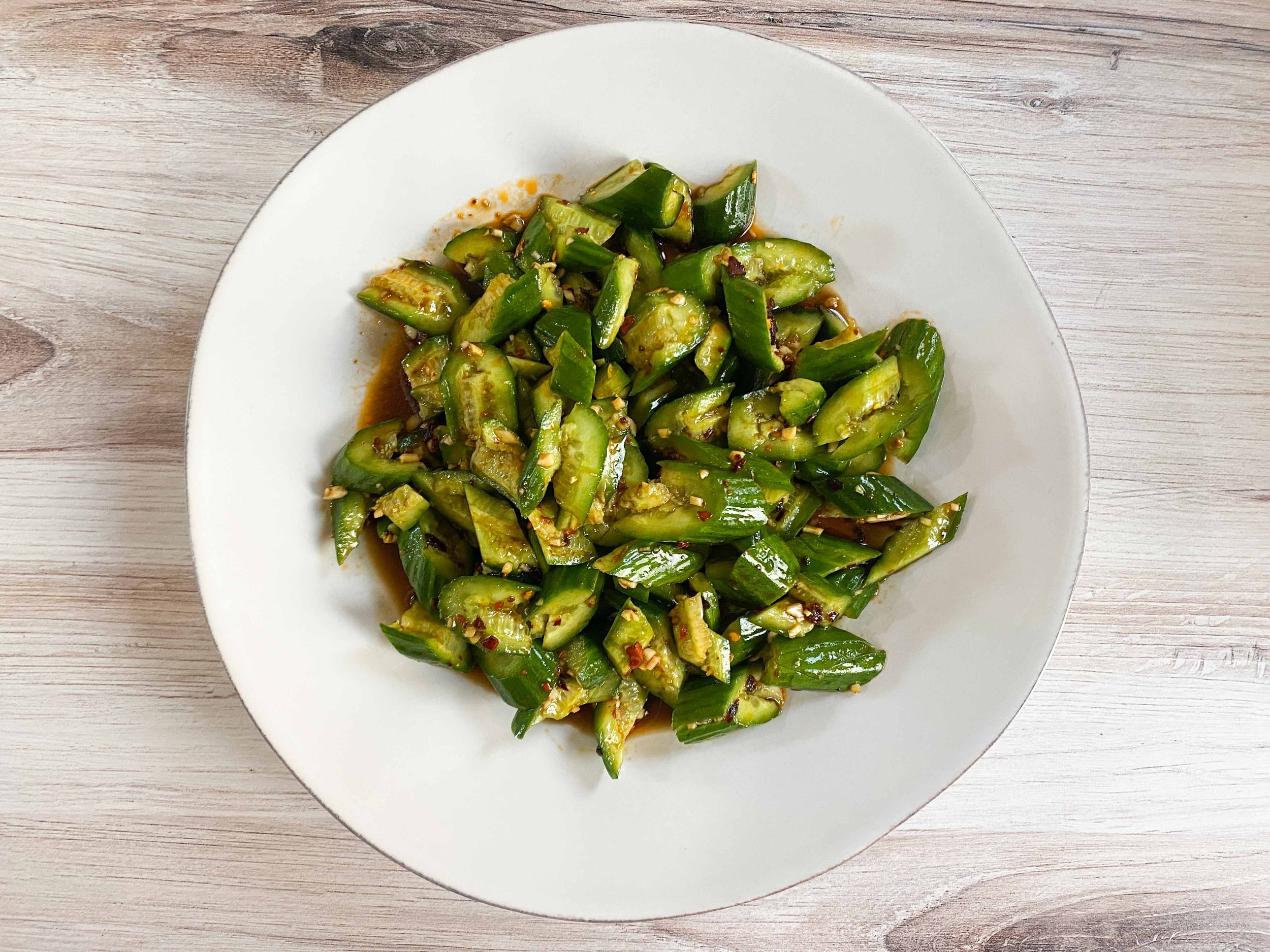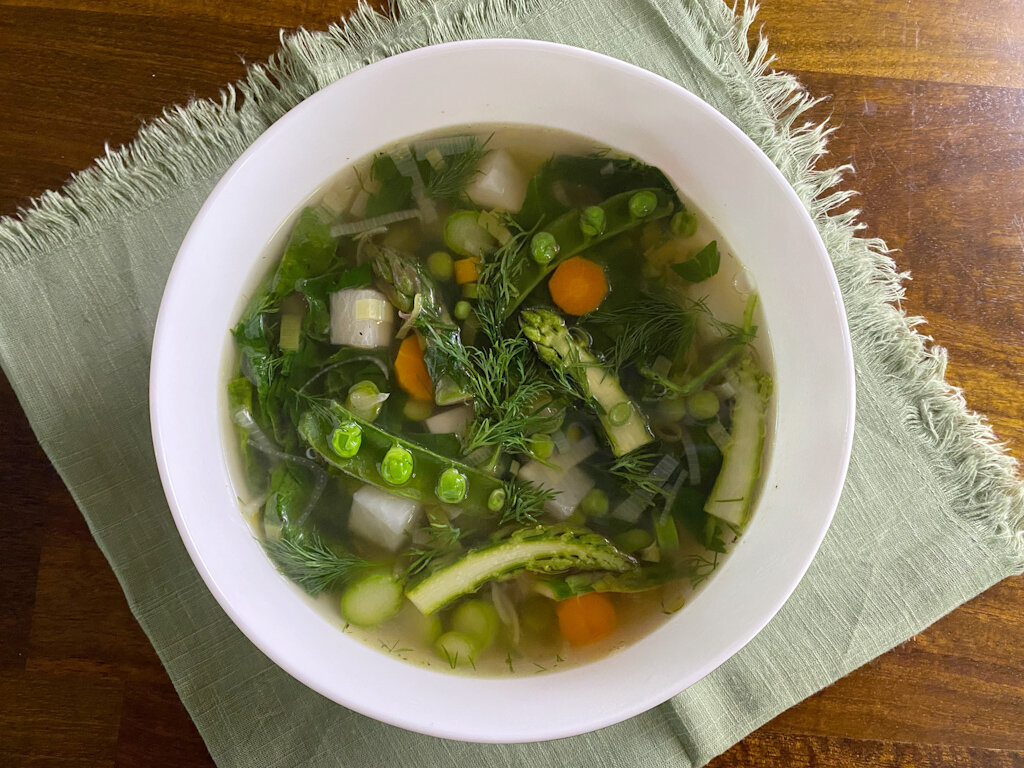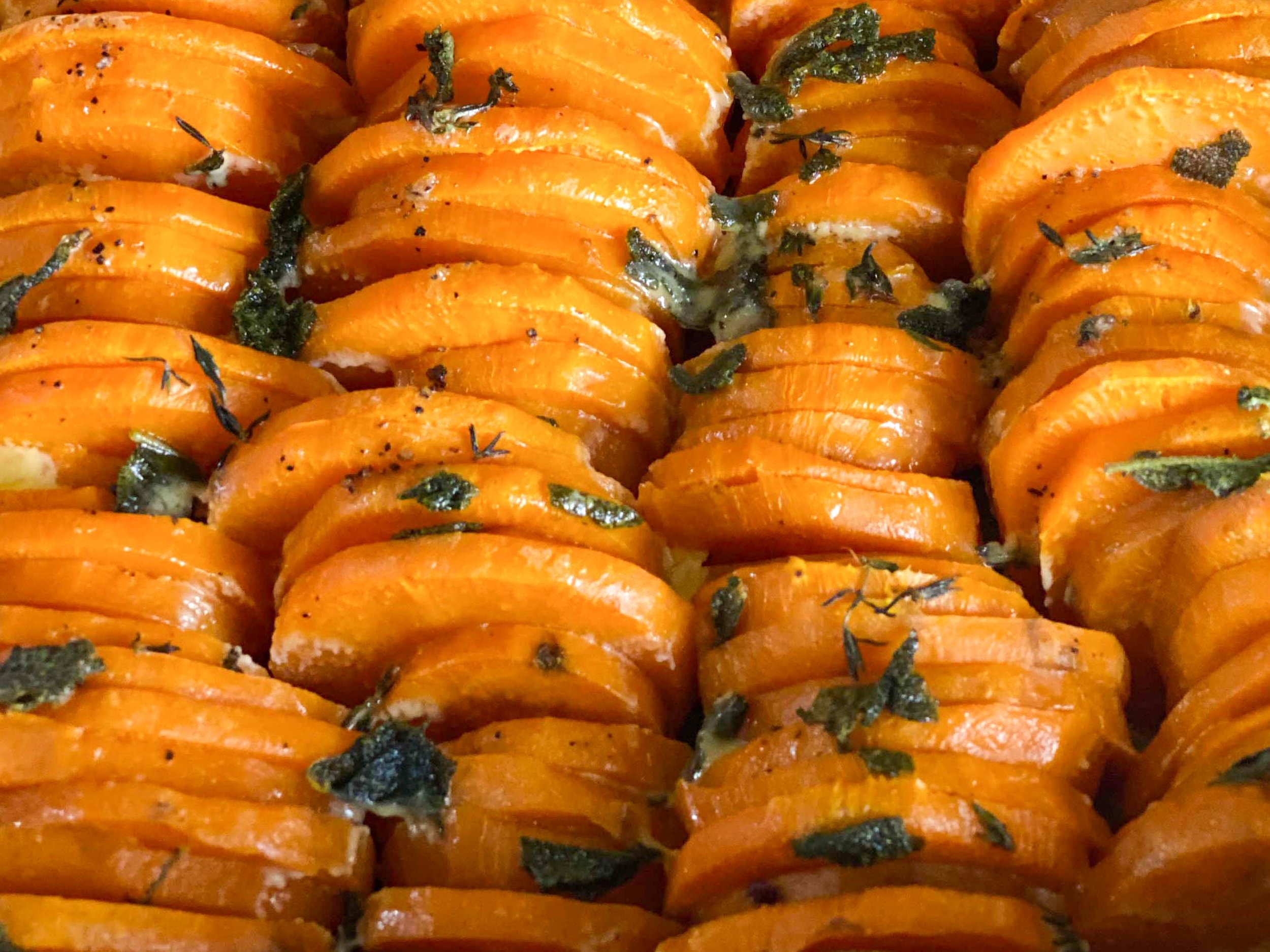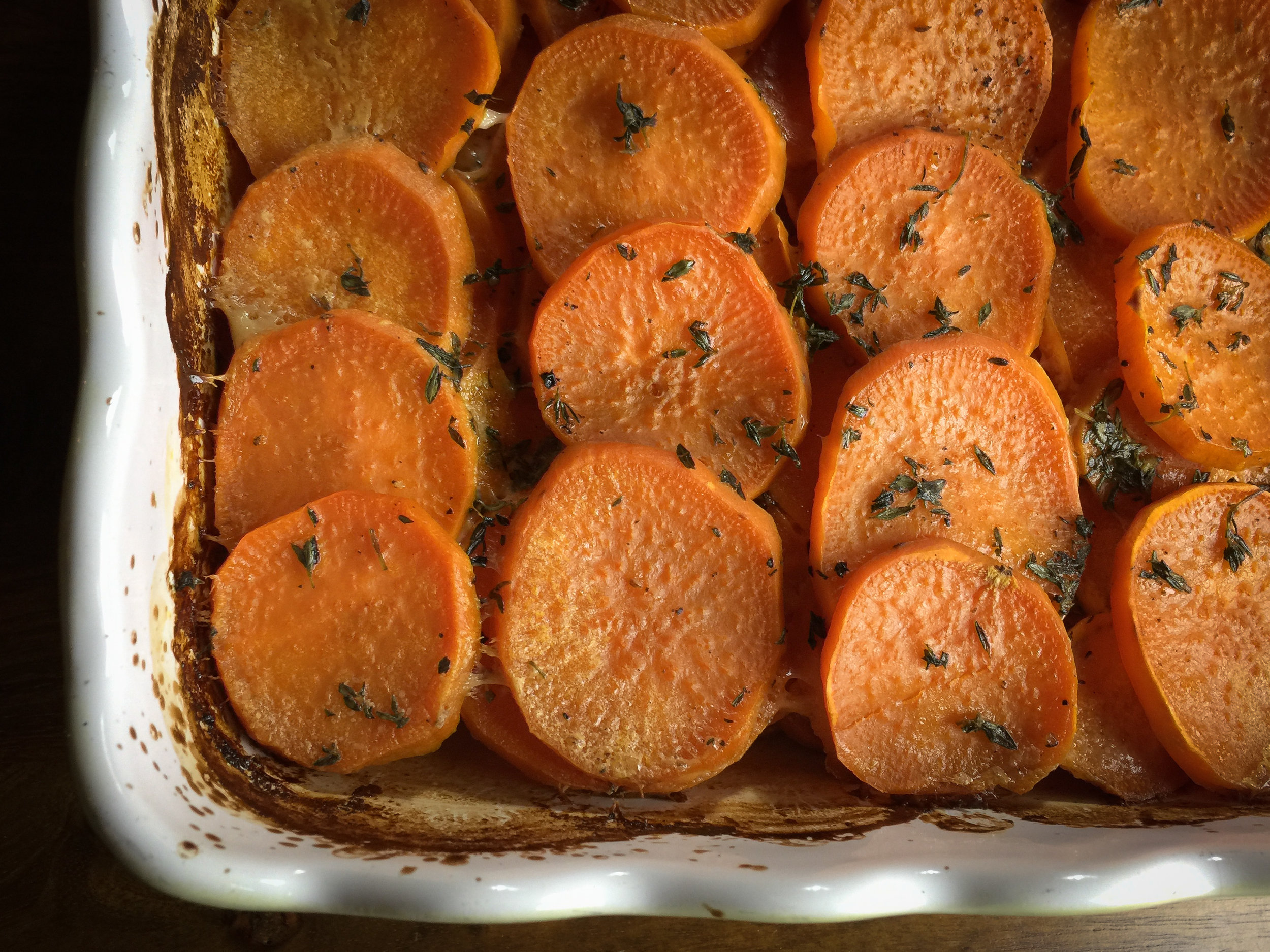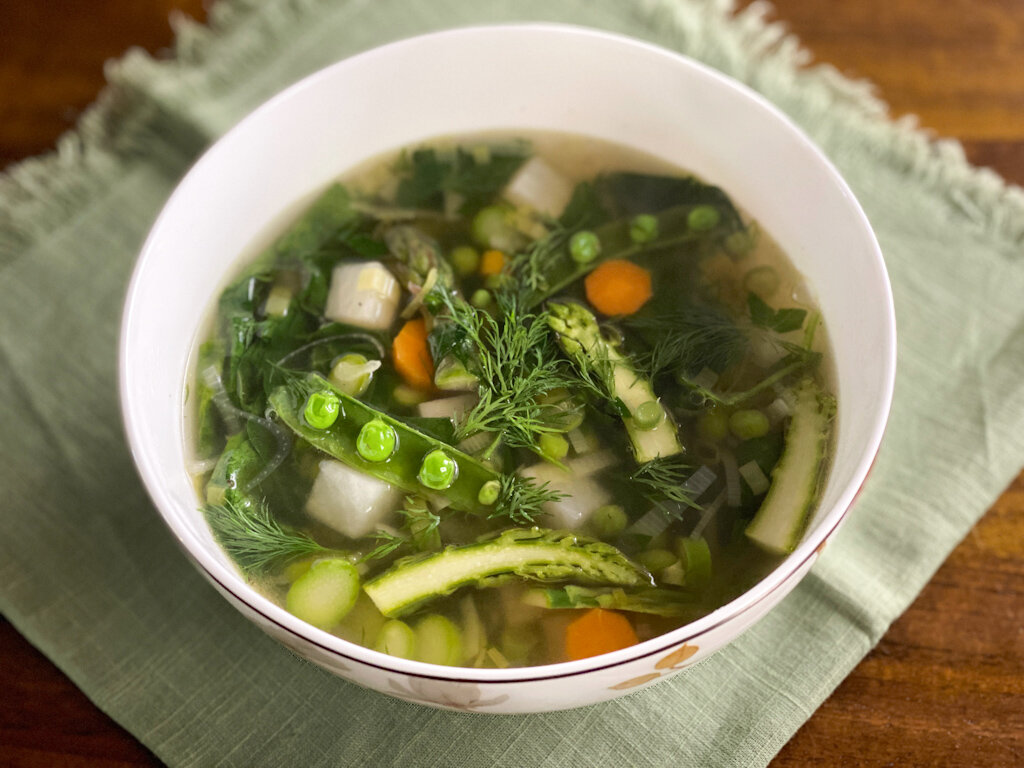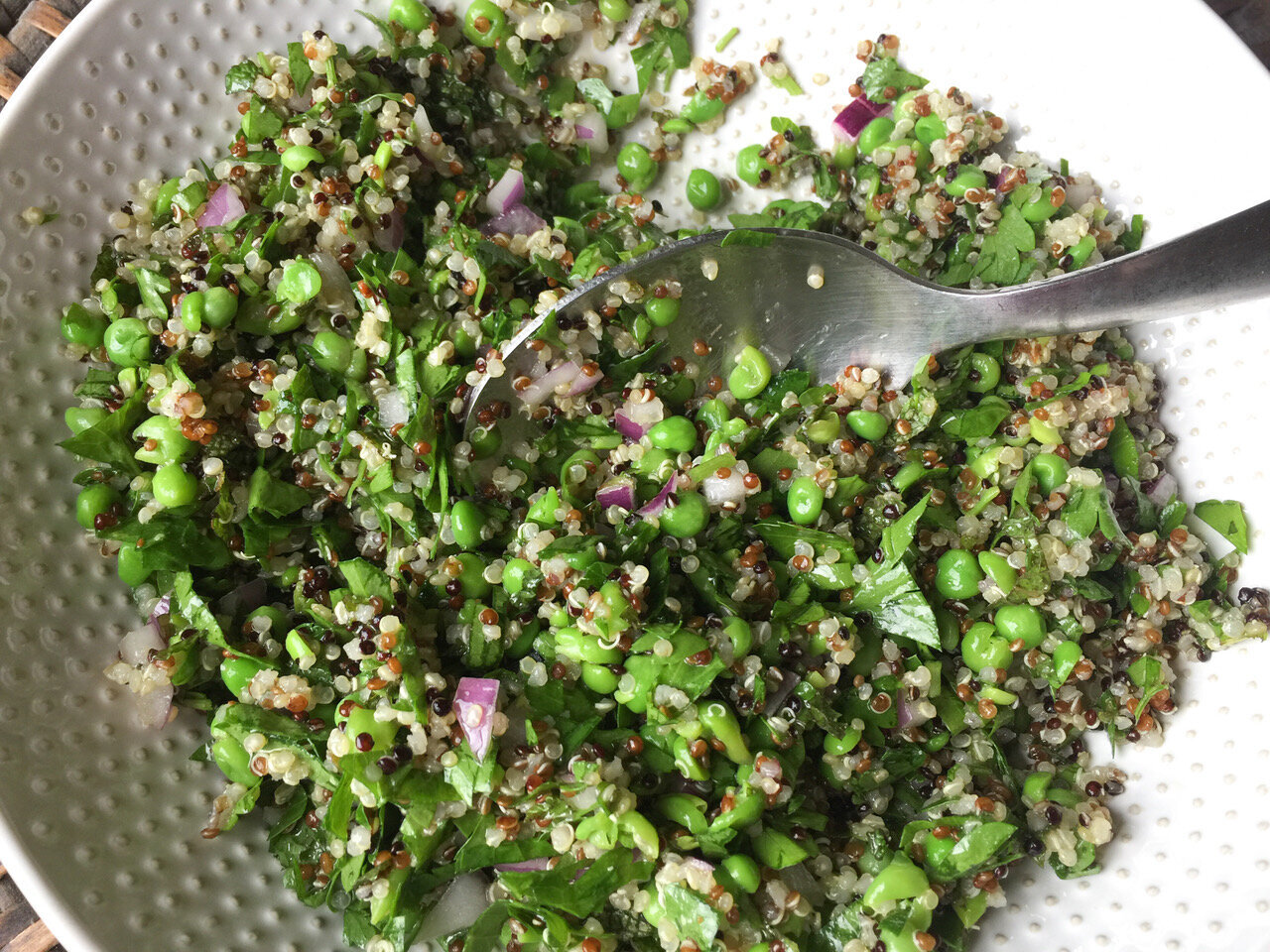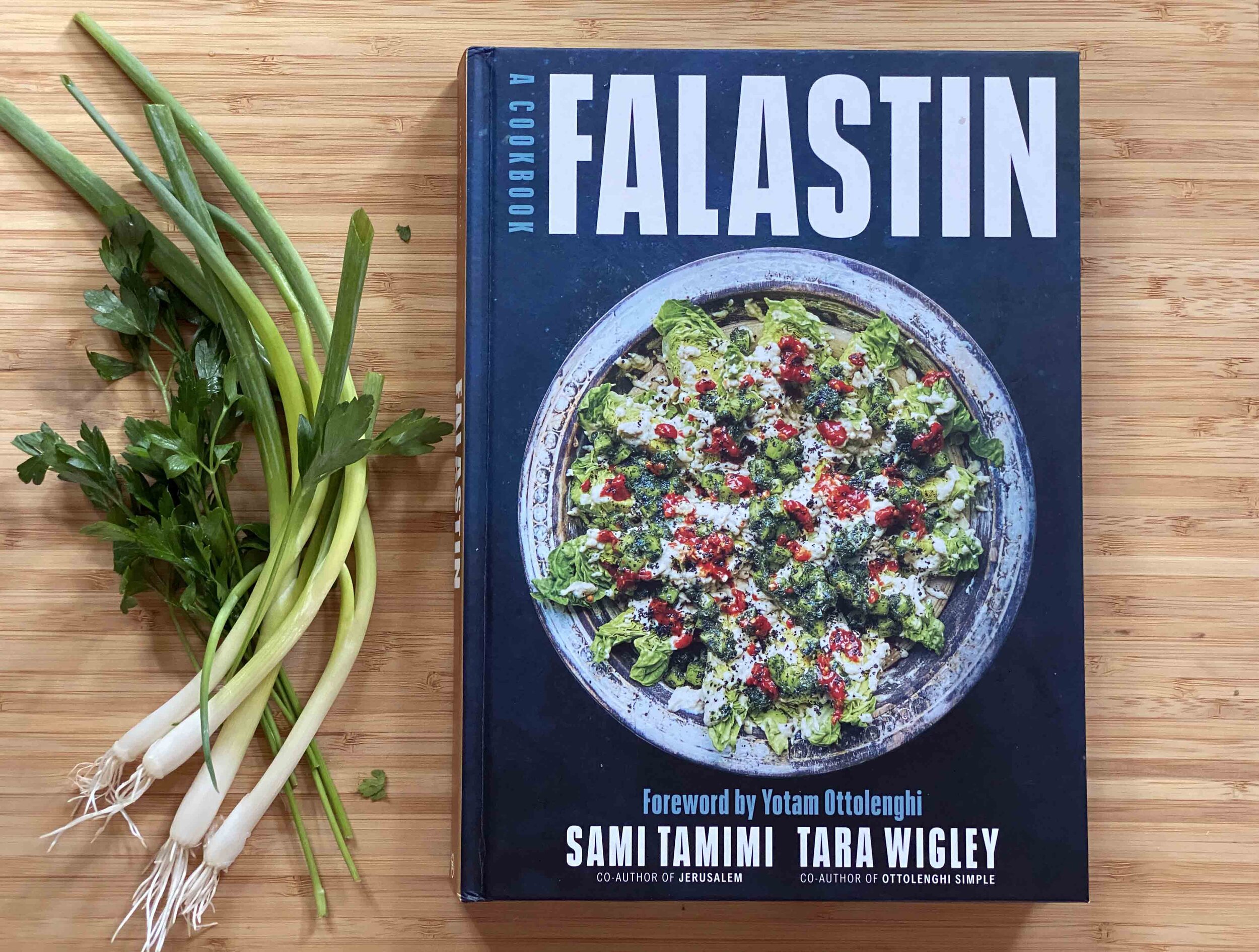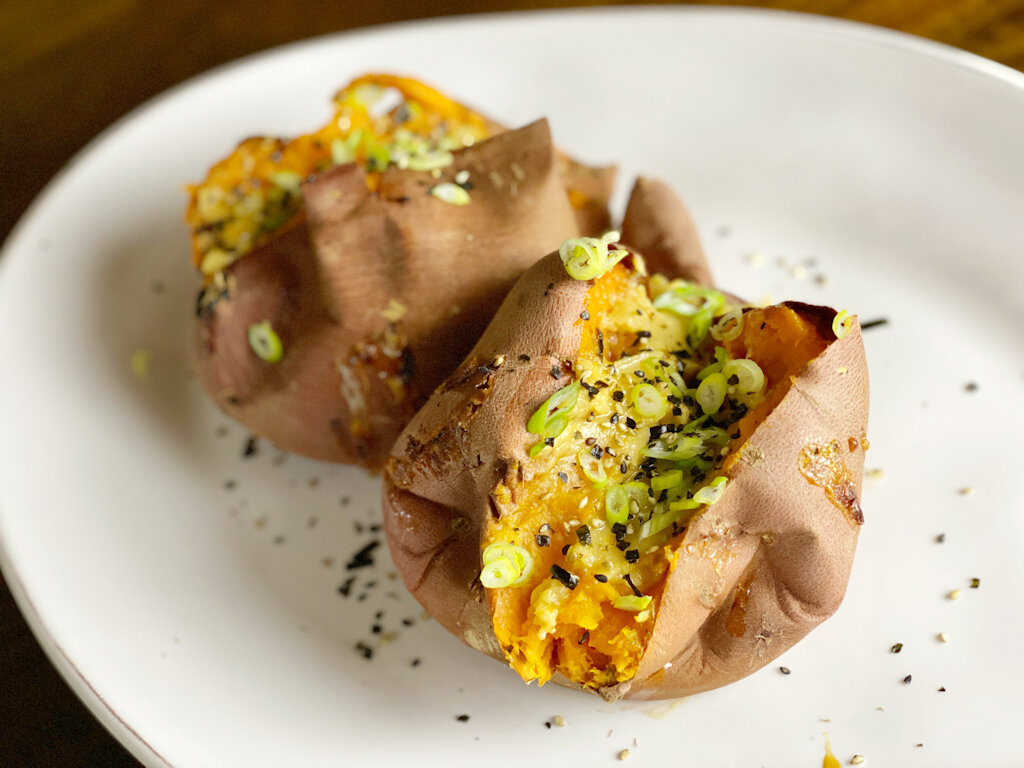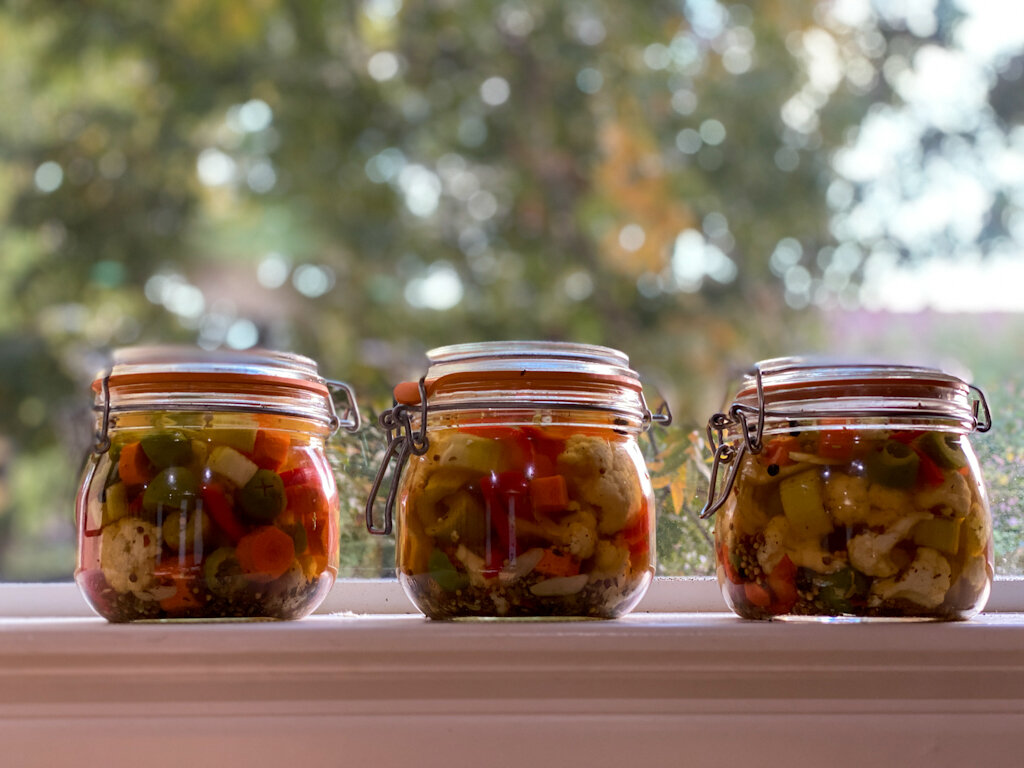By Leslie Brenner
A couple weeks ago — shortly after spring had sprung — a recipe in the Washington Post captured my fancy. Its lede photo depicted a brothy bowl with peas and spinach, leeks and dill in varying shades of green, set off gorgeously with pink-skinned, white-fleshed potatoes. The story’s author and the recipe’s creator, Ellie Krieger, offered it up as “Proof spring is soup season, too.”
Had to have it! I made the soup that very evening, and absolutely loved it. No question I’ll make it again and again.
Still, in my mind’s test kitchen, I couldn’t help but riff. Wouldn’t it be lovely with some asparagus tips? English or snap peas still clinging to their pods? Fresh favas or field peas, if I happened upon them? Wouldn’t turnips be just as nice as potatoes — or even nicer, if it’s optimal healthy one is after, or if you could find those beautiful tiny Tokyo turnips? Sure, I’d lose that pretty pink flourish, but I could add slices of slender springtime carrots instead.
And hey, couldn’t this soup be made vegan — if I created a broth out of the castaway tops of leeks I’m forever gathering in the crisper (the WaPo recipe added to my stash), would that have sufficient flavor?
Well, yes, yes, yes, yes and yes! The very next night, that riffing went live — and the result was grand.
I call it Vegan Spring Beaty Soup partly because it’s beautiful to look at, and partly because of its healthful purity: I imagine that the more frequently you eat it, the more beautiful you become.
Even after I created our vegan version, the test kitchen lobe of my brain continued to riff. You could use just about any kind of soft herbs: chervil, tarragon, cilantro, mint. If the vegan part’s not important to you, you could swap dashi for leek broth, and maybe add a dash of white soy sauce, and lots of sliced scallions in place of the herbs.
Of course, if you want to keep it super-easy, you can use the store-bought chicken broth, as Krieger’s recipe does — do that, and it comes together in 25 minutes or less.
Ain’t that beautiful?













